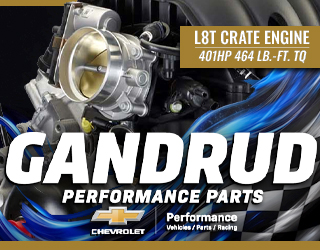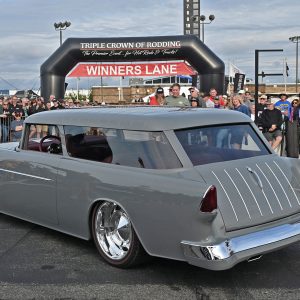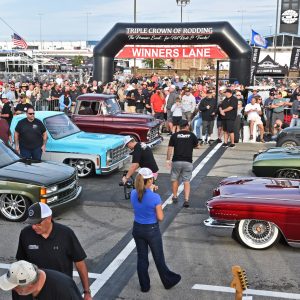Drag Race
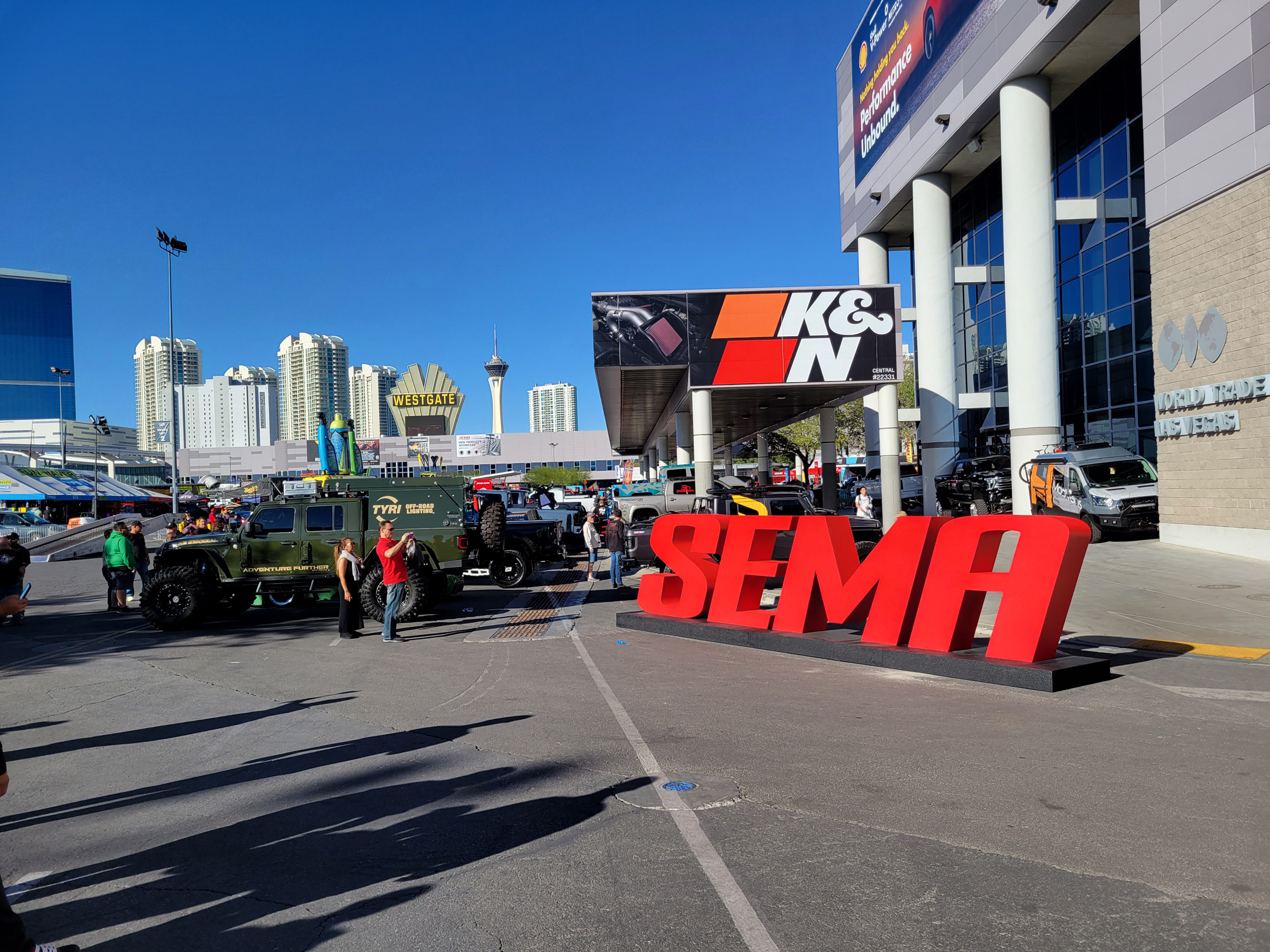
Explore the standout rides and jaw-dropping innovations at SEMA 2023! Join us as we revisit the show’s hottest builds, from the iconic 1957 Nash Metropolitan to the cutting-edge Arrington Hydrogen Monster Truck. Get an exclusive look at the custom creations, unique body kits, and powerhouse engines that stole the spotlight at the premier automotive aftermarket event of the year. Don’t miss out on the highlights captured by The Auto Builder Staff and photographers Wendy Miles & Kim Cooley. Feast your eyes on the unforgettable designs and ingenious engineering that left a lasting impression at SEMA 2023!
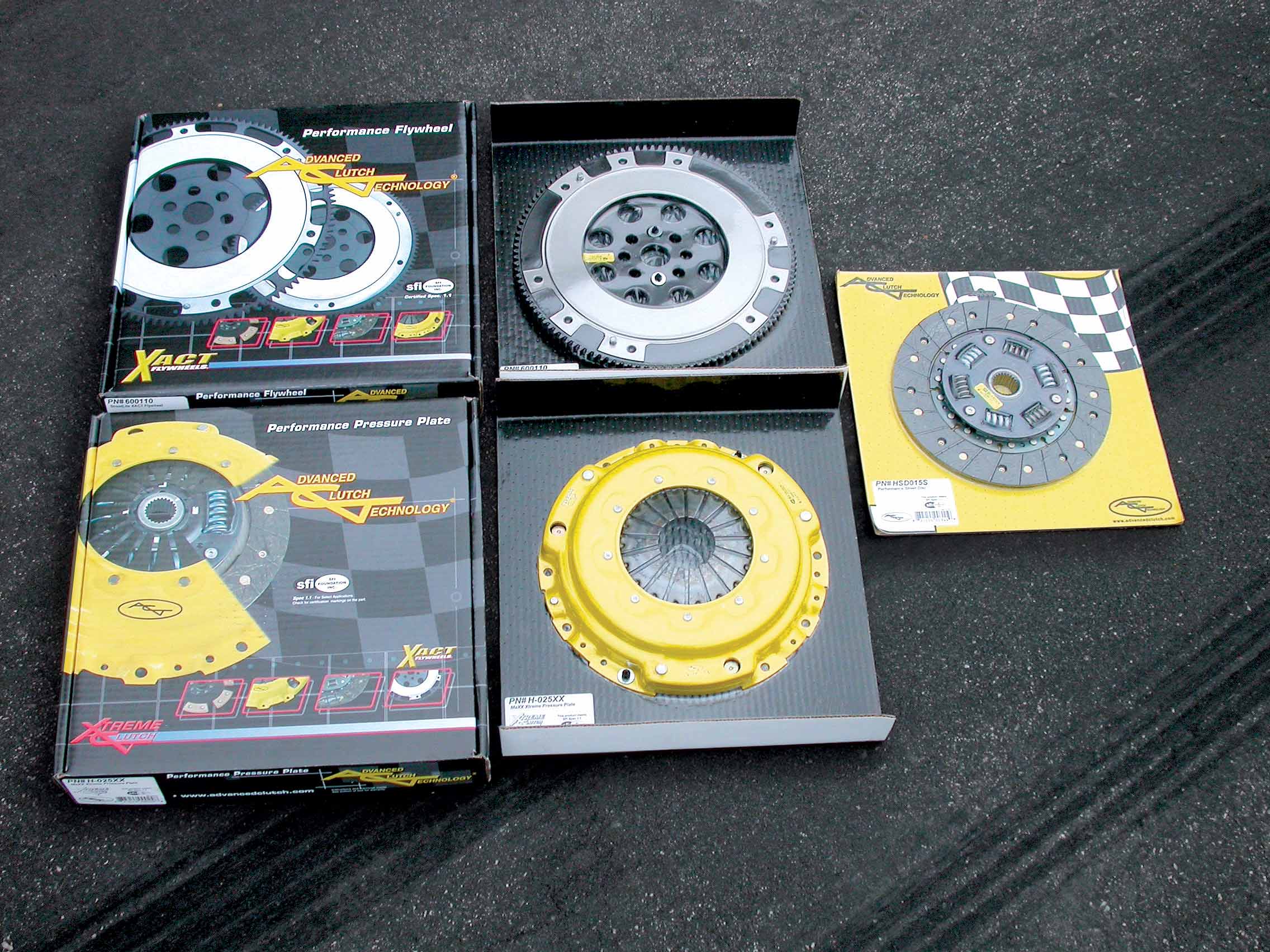
Though clutches rank below power-adders on the desirability scale, they are every bit as important. In fact, you’d be better off not spending the time and money on a trick blower or turbo kit if you do not plan on upgrading the stock clutch assembly. Sure, it is possible on some applications to improve the performance of your motor without a clutch and pressure plate upgrade, but you can only take things so far. Eventually, the engine will let you know by racing to the moon when you least expect it. Your clutch will likely slip under full throttle, and most probably at the highest load. Better hope you have a rev limiter or things can really get ugly. But have no fear … Advanced Clutch Technology (ACT) has come up with a variety of effective combinations to cater to the needs of performance enthusiasts and racers.
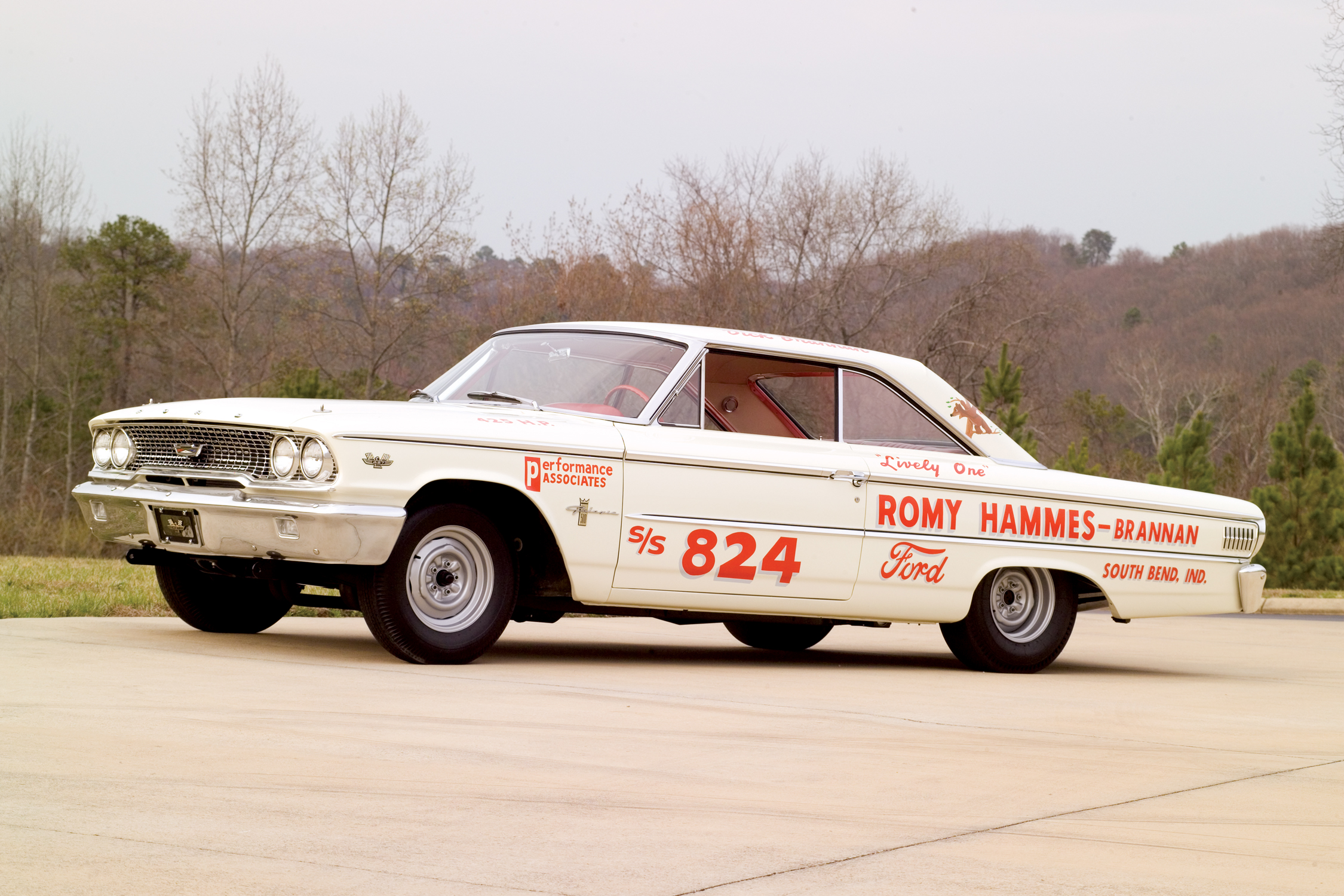
Having already gathered a number of special Fords in his collection, Tennessee’s Kayo Erwin was more than pleased when he first located a ’63 Ford Galaxie lightweight. It was in relatively good condition and certainly ready for a complete restoration, although not all was as it seemed. What Erwin didn’t realize was that beneath the numerous layers of paint were the remnants of true history, and if not for the vision of Erwin’s wife, Brenda, the dramatic finding could have been wiped away forever. Ready to chemically strip the body of its outer layers, Brenda’s concern over what might be hidden beneath led Erwin’s restoration team to take a more involved path that would eventually uncover a truly amazing discovery. Slowly but surely, with each pass of the dual-action sander, a little more evidence came to light, first with one word, then another, and then three words that would prove to be very informative: “South Bend, Indiana.”
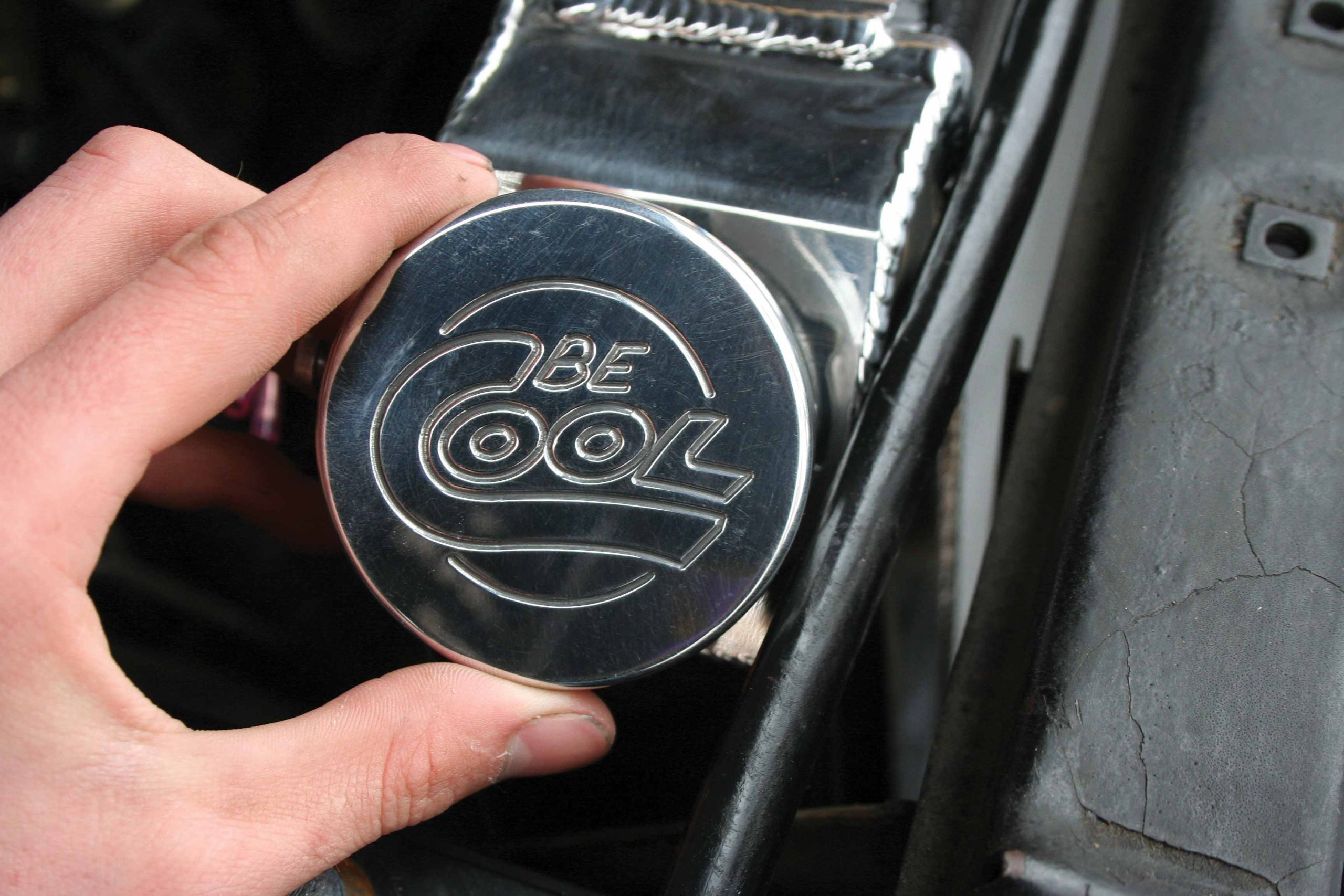
Be Cool is no newcomer to cooling heavy metal. For years it has provided cooling solutions for some of the most impressive high-performance engines to rumble down the streets and dragstrips of America. The folks at Be Cool understand that having the proper cooling components in any car or truck is vital to keep an engine safely within its operating temperature range. They also understand that to make cooling and installation easier, they had to design a full bolt-in system, a system that would fit hundreds of applications for classic cars and trucks, as well as more modern vehicles that also need cooling help.
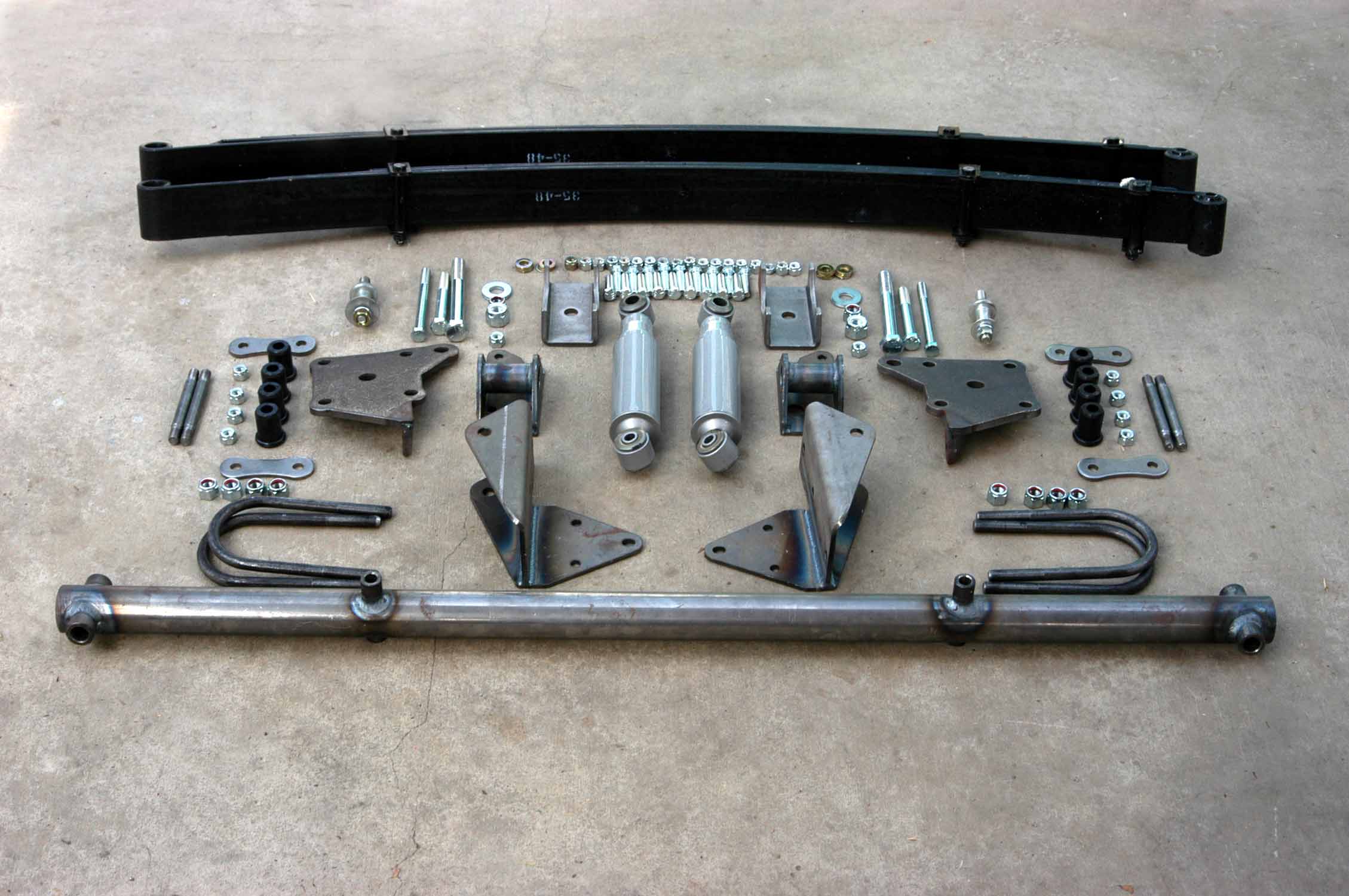
Dean Brown, a longtime rodder, was in the market for a new project car and stumbled across this ’52 Chevy panel truck, which turned out to be one of the original Helms trucks. The bakery cabinets had been removed but the body was in good condition, and it was still running with the original six-cylinder engine. Brown thought the truck was very cool, so he made a deal with its owner and drove it home. He formulated a plan of attack and started acquiring the parts he needed to turn it into a hot Chevy panel. The parts included a strong-running V-8 engine, a Turbo 350 transmission, a Fat Man Fabrications IFS front suspension and a new rear suspension that would provide a softer ride quality.
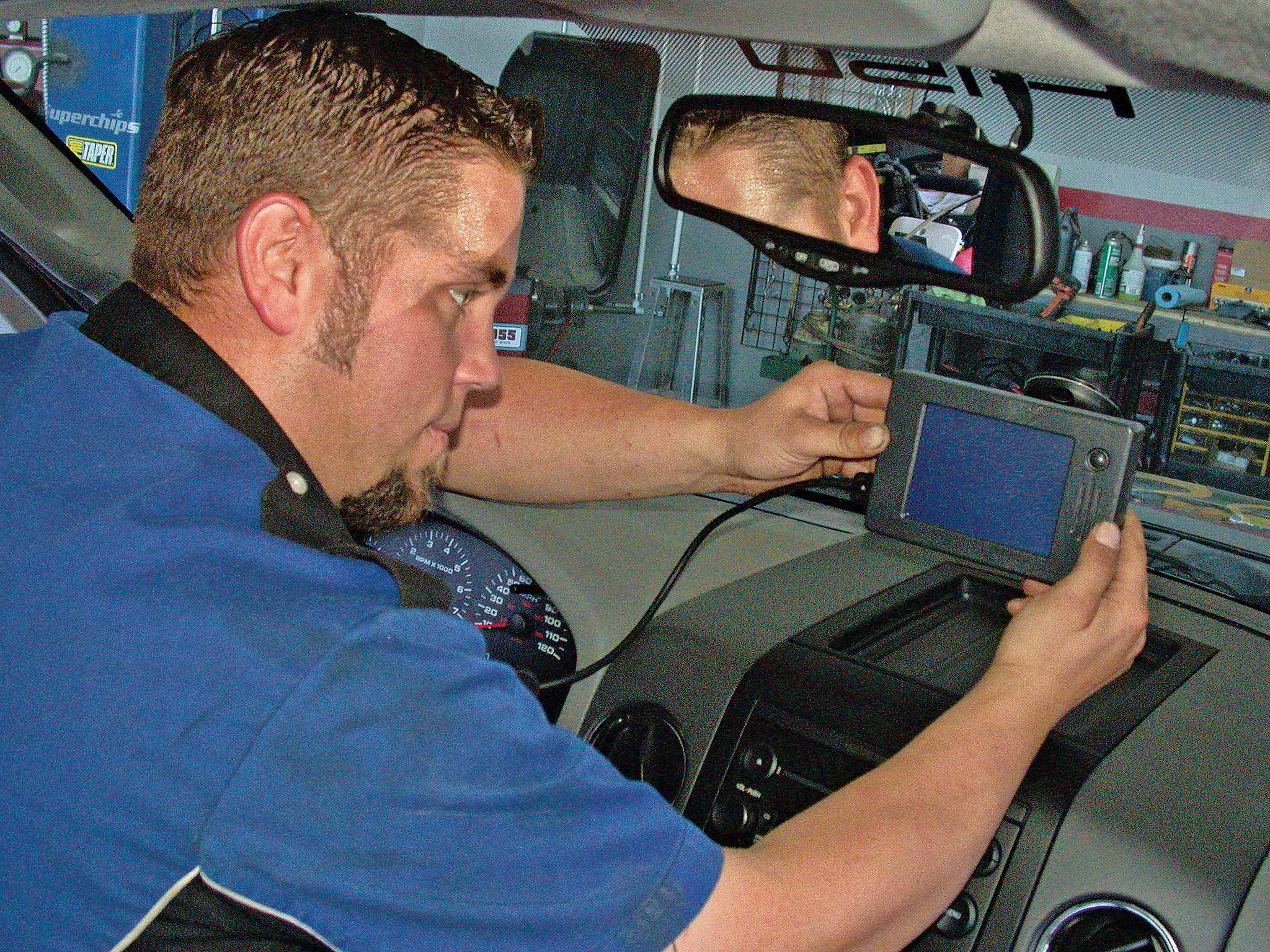
The Power Programmer is designed so that once the parameters are established and loaded, the unit is pulled and the program remains in the onboard computer until you elect to remove it. The HyperPAC is different; this unit stays in place. In addition to the three stages of performance tuning—the HyperPAC has all of the performance programming benefits of the Power Programmer—it also has diagnostics; an engine monitor with a complete gauge display; a dynamometer, which includes such items such as a horsepower graph; and our favorite, a dragstrip program. This program actually monitors real-time engine operating conditions, has a Christmas tree start, displays a timeslip and will provide you with “magazine-type road test” acceleration times in 10-mile increments. It will record and display important engine operating conditions throughout the run and will display drive wheel horsepower versus vehicle speed after each run—in both table and graph formats.
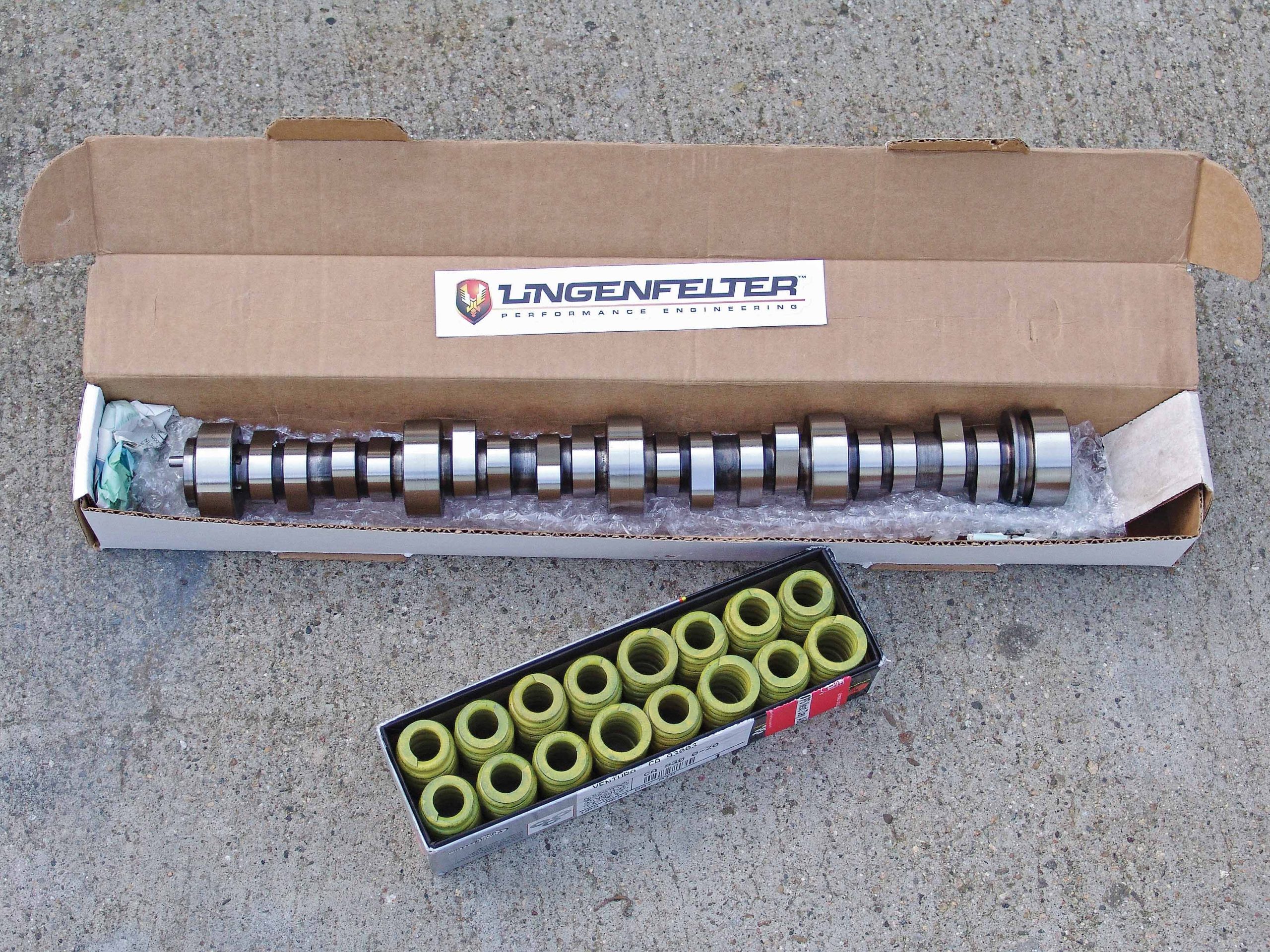
It can be argued that one of the best mods you can make to an LS-based or Gen III motor is a camshaft change. With the number of aftermarket companies making many different types, a good cam can be found for anywhere from $300 to $1,000, depending upon what type of power you want to make and how sophisticated the cam package is. Because 99.99 percent of all vehicles on the road today are computer controlled, most aftermarket companies are able to suggest whether a new tune will be necessary or if the stock one will suffice. But with so many different options out there, it can be quite confusing as to which is the right one for you.
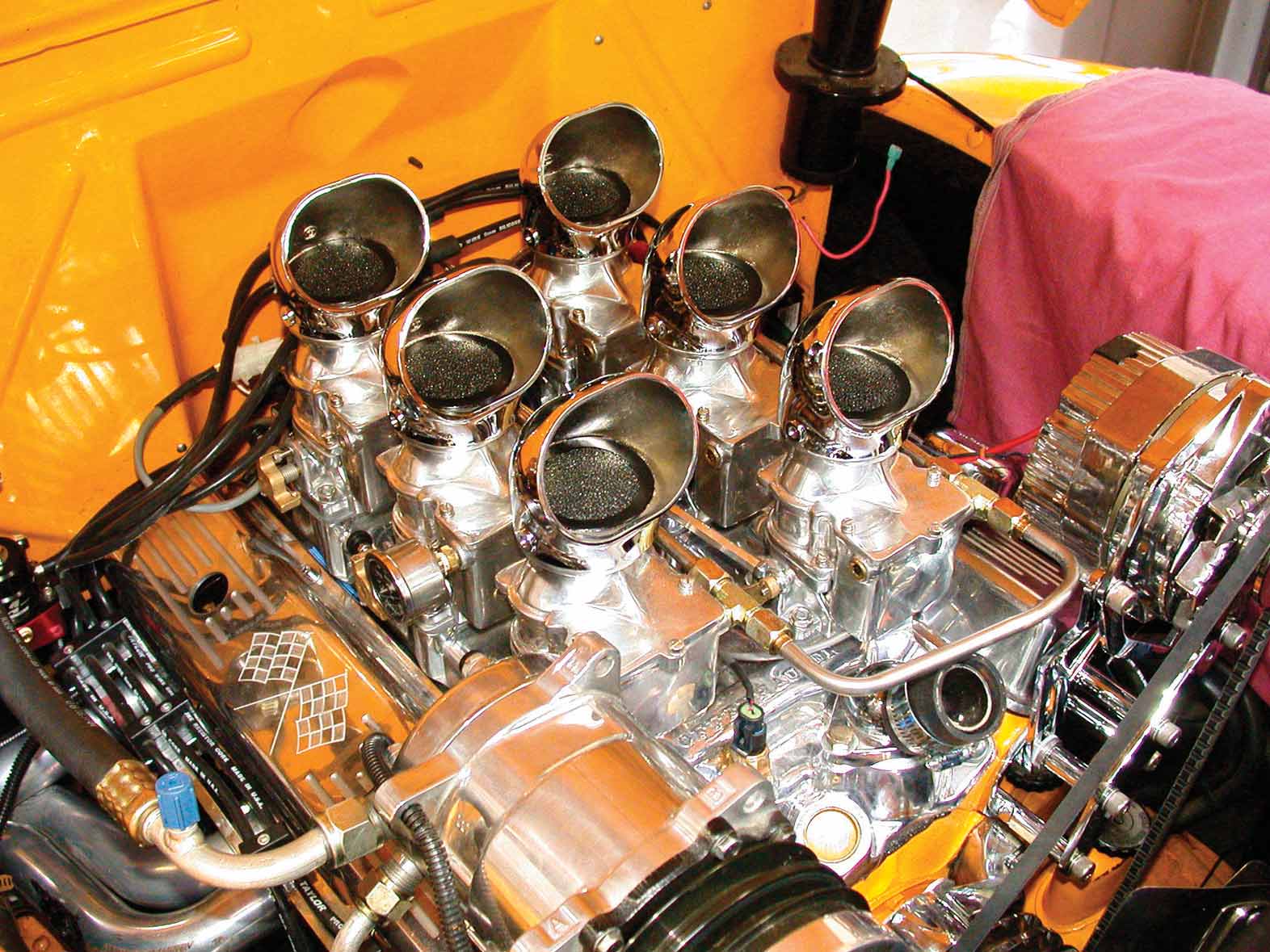
Those who longed for their engines to look as they did back in the old days of multiple-carb setups were out of luck. Cool as they were to look at, there are lots of reasons why the multi-carb setup fell out of favor, and most of them had to do with the fact that they were a bear to sync. The advent of the four-barrel carb was the death for these systems, though the purists among us prayed for a breakthrough. Thanks to Ken Farrell and his company, Retro Tek, those prayers have been answered. Farrell started off converting old mechanical fuel injection systems (Hilborn & Enderle) when the first aftermarket EFI systems became available. His new system, which uses the latest in EFI mated together with the classic Stromburg 97 design, came about when Farrell saw that there was interest in the benefits of EFI, but he also knew that they were lacking in the looks department. The idea was simple take the best aspects of both and add them together.
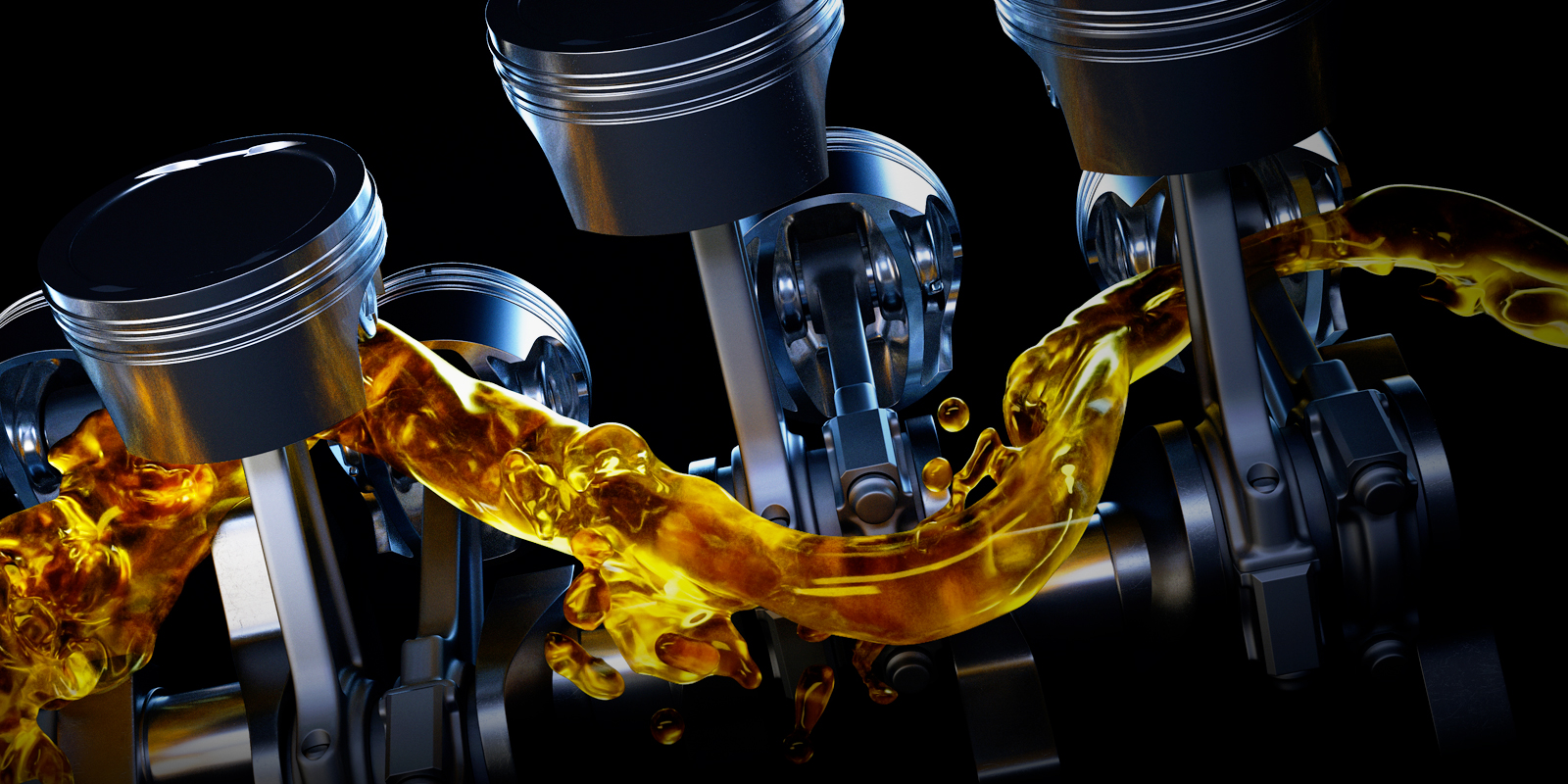
Driven Racing Oil developed the original high zinc, petroleum and low detergent break-in oil over twenty years ago. Break in oil is a specialty oil that reduces wear and contaminates when breaking in a new high-performance engine. It provides controlled friction for your piston rings and incredible protection that helps your camshafts break in properly.
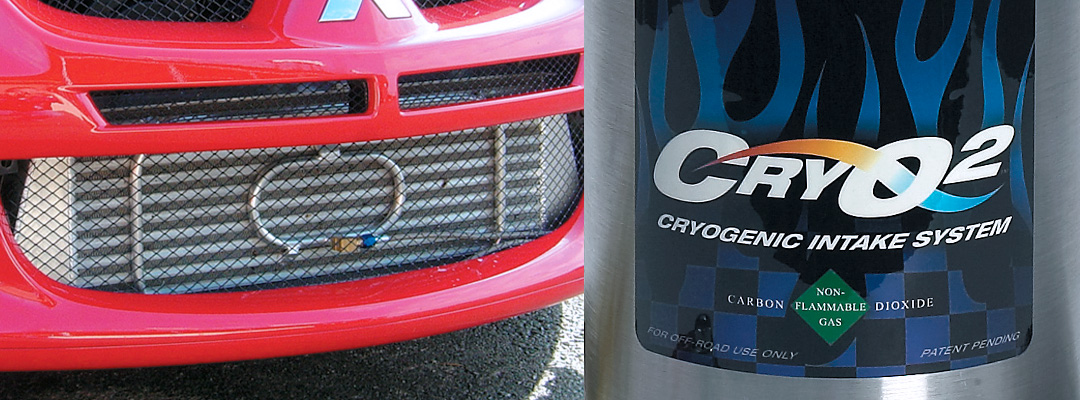
Adding a nitrous spray bar to an intercooler is a proven way to lower the intake air temps and consequently give a more dense charge to the combustion chamber for more horsepower. We’ve been seeing more and more intercooler spray bars popping up on both performance and show-n-go cars.







